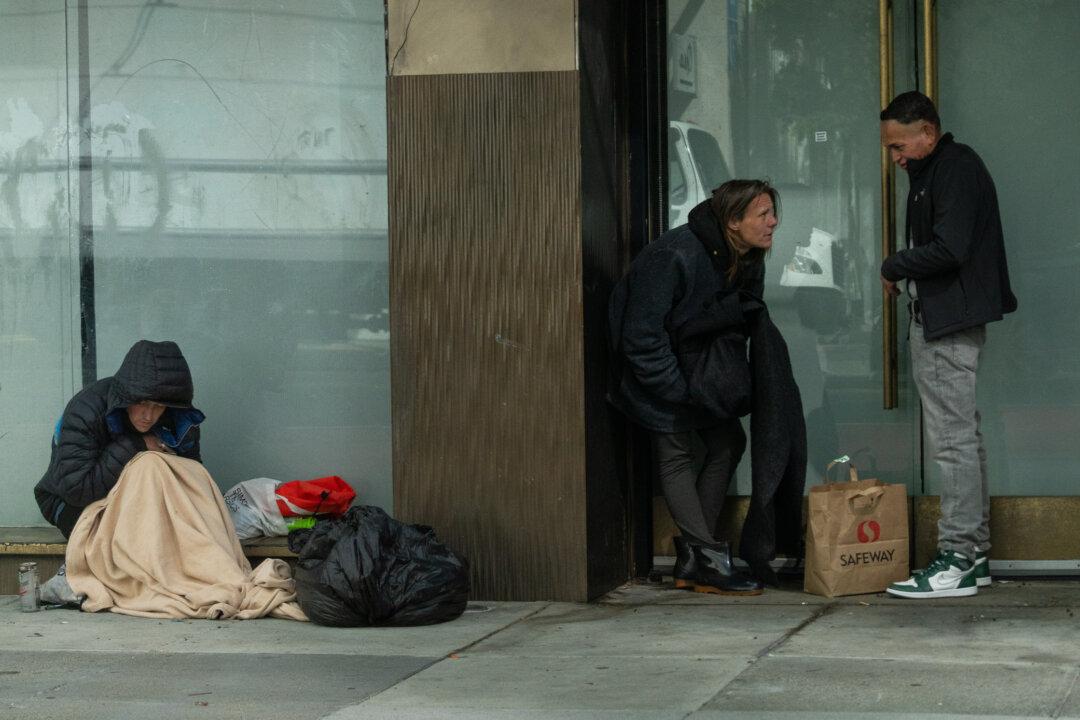The San Mateo County Board of Supervisors unanimously approved an ordinance Jan. 23 requiring those sleeping in an encampment on the street or sidewalk in unincorporated areas to accept shelter when offered or else face a misdemeanor charge.
According to the ordinance—which requires a second reading before its adoption—those living on public property who have received two written warnings and refused shelter twice would be cited with a misdemeanor. Offenders can avoid the citation at any time by relocating, a county spokesperson confirmed with The Epoch Times.





